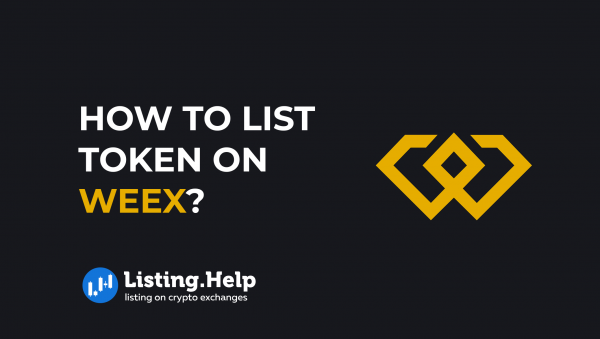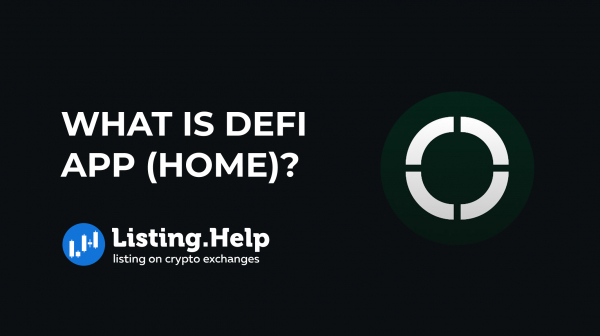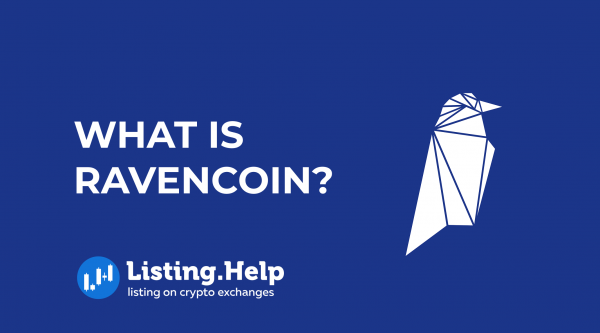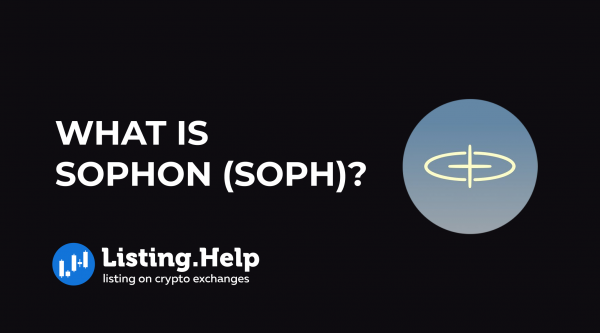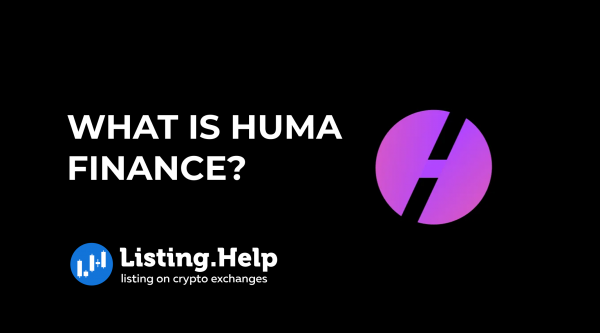What Is Layer 1 in Blockchain?
 January 20, 2024
January 20, 2024 Updated: January 27 2025, 07:22
Updated: January 27 2025, 07:22
LEAVE A REQUEST
Launching your own token project? Our experts are ready to help with listing on exchanges, market making, marketing and other solutions
SUBMIT APPLICATIONEssentially, this term refers to the foundational blockchain itself. Examples include BNB Smart Chain (BNB), Ethereum (ETH), Bitcoin (BTC), and Solana. These are the primary networks in their respective ecosystems, hence the term ‘layer 1’. This layer is distinct from the subsequent ones, such as off-chains and layer-2 solutions, which are developed atop these primary networks.
A key characteristic of a layer-1 protocol is its ability to independently process and finalize transactions on its blockchain. Additionally, these protocols usually have their own unique token, which is utilized for covering transaction fees.
How Layer 1 Blockchains Work?
Layer 1 blockchains function based on a straightforward concept, which is evident when observing the transactions made from a user’s wallet.
Each wallet application is secured with a private key or a secret phrase. This ensures that users can safely access their wallets and initiate transactions. These transactions are subsequently verified by the network’s nodes, which are connected to the specific blockchain the user is interacting with.
Different blockchains use various consensus mechanisms, such as Proof of Work (PoW) or Proof of Stake (PoS). These mechanisms enable nodes, which are essentially computers, to reach an agreement on the transactions to be included in the upcoming block. This process determines the success or failure of a transaction.
After validation, transactions are assembled into blocks. In the case of PoW, miners compete to form the next block by solving complex mathematical problems. In PoS, validators compete by staking assets.
The creation of a block and its acceptance by the network’s validators or miners add it to the blockchain. This addition is what provides the blockchain with its characteristics of immutability and security.
What is the Layer 1 scaling problem?
Scaling challenges are a significant issue for layer-1 networks. High-profile blockchains like Bitcoin often struggle with transaction processing during periods of peak demand. Bitcoin’s reliance on the Proof of Work (PoW) consensus mechanism is a notable example, as it demands extensive computational power.
Although PoW offers strong decentralization and security, it has a downside: networks using this mechanism can become sluggish under heavy transaction loads, leading to longer confirmation times and higher fees.
For years, blockchain developers have explored various scalability solutions, sparking ongoing debates about the most effective approaches. Several strategies for layer-1 scaling include:
1. Increasing Block Size: This approach involves enlarging the capacity of each block to process more transactions.
2. Altering the Consensus Mechanism: This could involve shifts like the anticipated Ethereum 2.0 update, which plans to move from PoW to a different mechanism.
3. Implementing Sharding: This is akin to database partitioning, where the blockchain is divided into smaller, more manageable segments.
Improving layer 1 is a complex task and often meets with mixed reactions from the network’s community. Not every user may support these changes, potentially leading to splits within the community or even hard forks, as seen in the Bitcoin and Bitcoin Cash split in 2017.
A notable example of a layer-1 scaling solution is Bitcoin’s implementation of Segregated Witness (SegWit). SegWit enhanced Bitcoin’s throughput by reorganizing block data, specifically by removing digital signatures from the transaction input. This modification allowed more transactions to fit into each block without compromising the network’s security. SegWit was rolled out as a soft fork compatible with older versions of the network, ensuring that nodes not updated with SegWit could still process transactions.
What is layer-1 sharding?
Layer-1 sharding is an innovative approach to enhancing the performance of blockchain networks, primarily aimed at increasing the speed at which transactions are processed. It involves dividing the network into smaller, more manageable segments called “shards.” Each shard is responsible for handling a portion of the network’s total activity. This means every shard deals with its own set of transactions and maintains its own unique nodes and blocks.
The core advantage of sharding lies in its ability to lighten the load on each node within the network. In traditional blockchain setups, every node is required to store a complete copy of the entire blockchain. However, with sharding, this is no longer necessary. Instead, each node only needs to keep track of and manage the data relevant to its shard.
This division of labor significantly boosts efficiency. Nodes in a sharded system only need to process and store a fraction of the total data, reducing the demands on resources. Furthermore, each shard periodically updates the main blockchain with the status of its local data. This includes critical information like the balance of addresses and other vital metrics, ensuring the overall blockchain remains synchronized and up-to-date.
Layer 1 and Layer 2
Layer 1 and Layer 2 solutions in blockchain technology address different sets of challenges, particularly regarding improvements and scalability.
Layer 1, the base level of a blockchain network, sometimes encounters technological limits that make certain enhancements challenging or nearly unfeasible. A prime example is Ethereum’s transition to Proof of Stake (PoS), a significant but time-intensive development.
There are scenarios where Layer 1 simply isn’t suitable, mainly due to scalability constraints. For instance, running a blockchain-based game directly on the Bitcoin network would be impractical because of slow transaction processing times. Yet, there may still be a desire to leverage the security and decentralization attributes of Layer 1. In such cases, the more viable approach is to use a Layer-2 solution that builds upon the existing Layer 1 network.
A prominent example of a Layer-2 solution is the Lightning Network for Bitcoin. Under high demand, Bitcoin’s network can experience slow transaction processing times, extending to hours. The Lightning Network addresses this by enabling users to conduct fast transactions off the main Bitcoin chain. The final balance from these transactions is then consolidated and reported back to the main chain. This method effectively aggregates multiple transactions into a single record, optimizing both time and resource utilization. Layer-2 solutions like the Lightning Network are designed to complement and enhance the underlying Layer 1 network, offering an efficient way to scale while maintaining the foundational blockchain’s integrity.
Examples of Layer 1 in Blockchain
Understanding the concept of layer 1, we now turn to various instances. The realm of layer-1 blockchains is extensive and varied, supporting a multitude of specialized applications. The scope extends beyond the familiar Bitcoin and Ethereum, with each platform offering distinct approaches to balancing the critical aspects of blockchain technology: decentralization, security, and scalability.
Elrond
Elrond, established in 2018, is a prime example of a layer-1 network. It enhances its functionality and scalability through the use of sharding. This blockchain has the capability to handle upwards of 100,000 transactions every second. Two notable features of Elrond are its Secure Proof of Stake (SPoS) consensus mechanism and its implementation of Adaptive State Sharding.
This Adaptive State Sharding is executed through the division and amalgamation of shards in response to the fluctuating user base of the network. The entire structure of the network is sharded, encompassing both its state and transactional processes. To minimize the risk of a hostile takeover of a shard, validators are periodically rotated among different shards.
The native currency of Elrond, known as EGLD, serves multiple purposes. It is utilized for transaction fees, the deployment of DApps, and as a reward for participants in the network’s validation process. Additionally, Elrond is recognized for its environmental commitment, being certified Carbon Negative by compensating fore more CO2 than what is generated by its PoS mechanism.
Harmony
Harmony stands out as a layer-1 network employing an Effective Proof of Stake (EPoS) system, complemented by sharding technology. This blockchain operates with four distinct shards on its mainnet, each independently managing the creation and verification of new blocks. This independent operation allows each shard to have varying block heights.
Harmony’s current strategy revolves around “Cross-Chain Finance,” which aims to draw both developers and users. Its trustless bridges to Ethereum and Bitcoin are pivotal, enabling users to transfer their tokens without the usual risks associated with custodial bridges. Harmony places a strong emphasis on scaling Web3 through the use of Decentralized Autonomous Organizations (DAOs) and zero-knowledge proofs.
Harmony positions itself at the forefront with its focus on multi-chain and cross-chain possibilities, making its bridging services highly appealing. The network is concentrating on expanding NFT infrastructure, DAO tooling, and inter-protocol bridges.
Harmony’s native cryptocurrency, ONE, has multiple uses within the network. It’s utilized for transaction fees and can be staked to partake in the network’s consensus and governance processes. Validators who contribute successfully are rewarded with block rewards and transaction fees.
Celo
Originating as a fork from Go Ethereum (Geth) in 2017, Celo is a layer 1 network that has diverged notably, incorporating Proof of Stake (PoS) and a distinctive address system. The Celo Web3 ecosystem, encompassing DeFi, NFTs, and payment solutions, boasts over 100 million processed transactions. Unique to Celo, users can employ a phone number or email address as their public key, and the blockchain can be operated on standard computers without the need for specialized hardware.
CELO is the primary token of the Celo network, serving as the utility token for transactions, security measures, and rewards. Additionally, Celo introduces stablecoins such as cUSD, cEUR, and cREAL. These stablecoins, created by users, maintain their value through a mechanism akin to MakerDAO’s DAI. Notably, transactions made with Celo stablecoins can be settled using any other Celo asset.
The design of CELO’s address system and its stablecoin offerings aim to enhance crypto accessibility and foster broader adoption. Given the market’s volatility and the complexities that often deter newcomers, these features are tailored to mitigate such challenges.
THORChain
THORChain represents a layer-1 network that functions as a cross-chain, permissionless decentralized exchange (DEX), utilizing the Cosmos SDK for its construction. It incorporates the Tendermint consensus mechanism to authenticate transactions. THORChain’s primary objective is to facilitate decentralized cross-chain liquidity without necessitating the pegging or wrapping of assets, which is especially beneficial for investors dealing with multiple chains as it reduces associated risks.
Essentially, THORChain operates like a custodian, overseeing deposits and withdrawals, thereby enabling decentralized liquidity and eliminating the need for centralized intermediaries. Its native token, RUNE, is integral to the network, used not only for transaction fees but also in aspects of governance, security, and validation.
THORChain employs an Automated Market Maker (AMM) model, with RUNE serving as the foundational pair. This allows users to exchange RUNE for any other asset supported by the network. The system operates similarly to a cross-chain version of Uniswap, where RUNE plays a crucial role in securing and settling transactions in liquidity pools.
Kava
Kava is a unique layer-1 blockchain that melds the rapidity and interoperability of Cosmos with Ethereum’s developer ecosystem. It employs a “co-chain” architecture, featuring separate blockchains for Ethereum Virtual Machine (EVM) and Cosmos SDK development frameworks. This design, bolstered by Inter-Blockchain Communication (IBC) on its Cosmos co-chain facilitates the seamless integration of decentralized applications between Cosmos and Ethereum networks.
Kava utilizes the Tendermint Proof of Stake (PoS) consensus mechanism, enhancing the scalability of applications on the EVM co-chain. The network is financially supported by KavaDAO and introduces on-chain incentives for developers. These incentives are designed to reward the top 100 projects on each co-chain, based on user engagement and application utility.
The Kava Network’s native tokens are KAVA and USDX, a stablecoin pegged to the US dollar. KAVA serves multiple purposes, including transaction fee payments and staking by validators to uphold network consensus. Users can delegate their staked KAVA to validators, thereby earning a portion of KAVA emissions. Furthermore, stakers and validators have a say in the network’s governance, voting on proposals that shape the network’s operational parameters.
Conclusion
In the diverse world of blockchain, understanding Layer-1 networks and Layer-2 protocols is crucial. Grasping these concepts demystifies the complex architecture of blockchain ecosystems and aids in evaluating new projects, particularly those focusing on interoperability and cross-chain functionalities.

Dive deeper into blockchain layers and other topics on our Listing.Help Blog, where we provide detailed insights and analyses to enrich your understanding of blockchain technology.




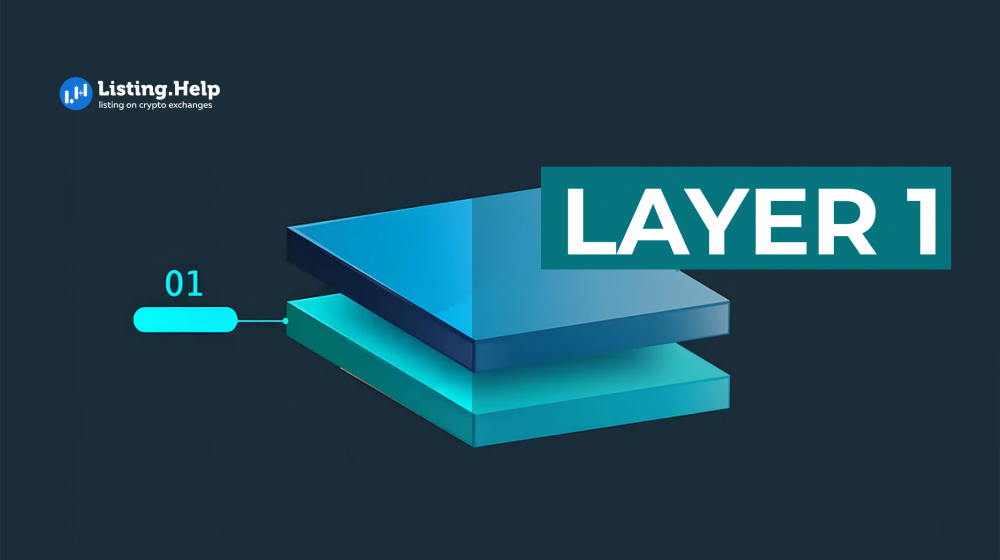

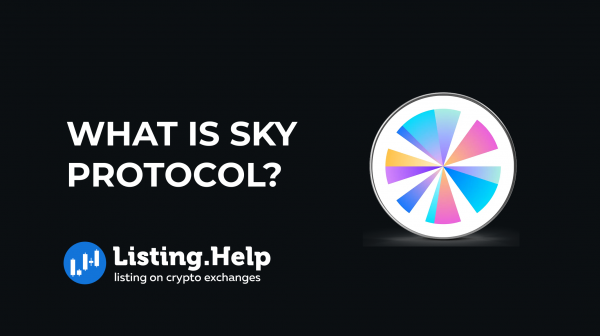
 June 28, 2025
June 28, 2025 

